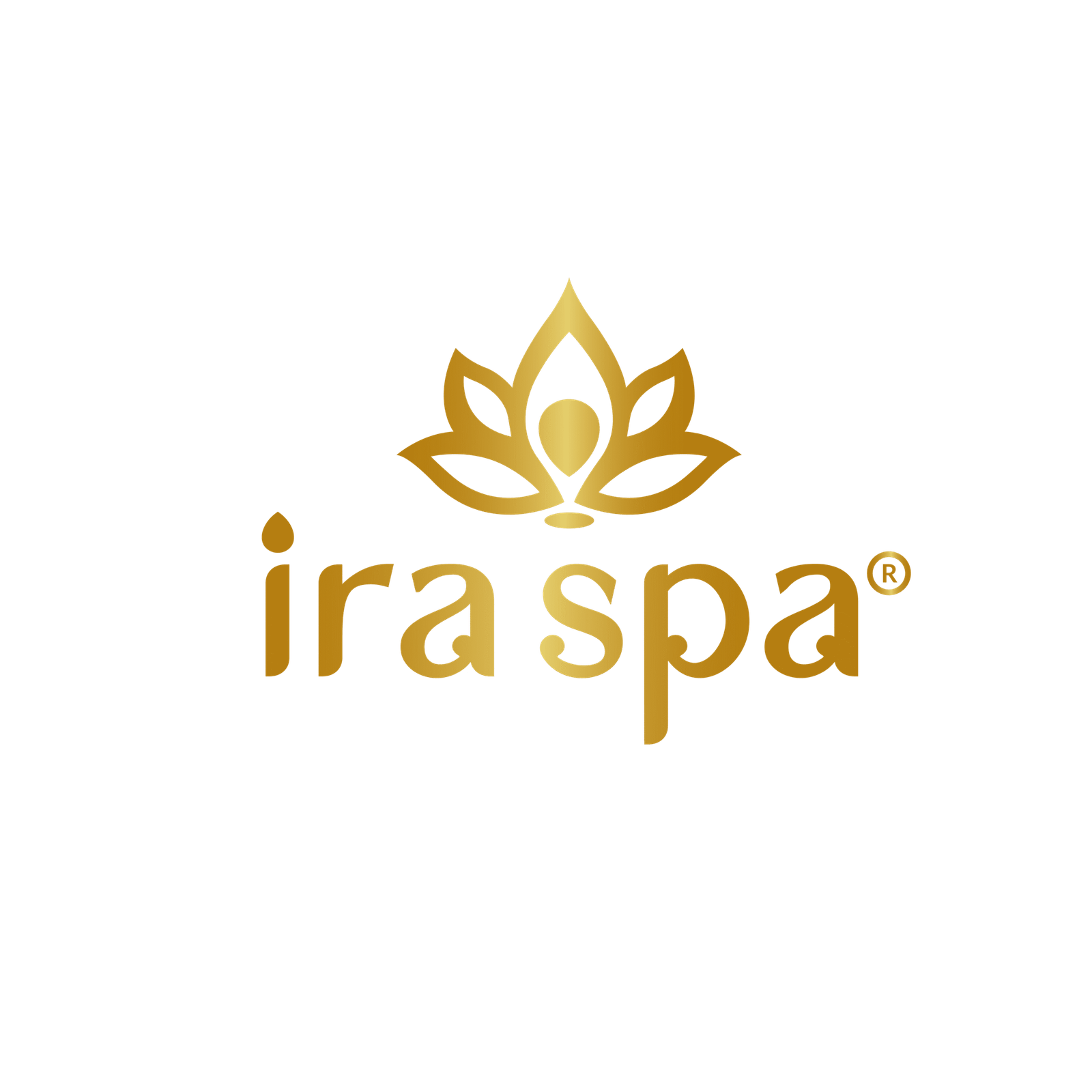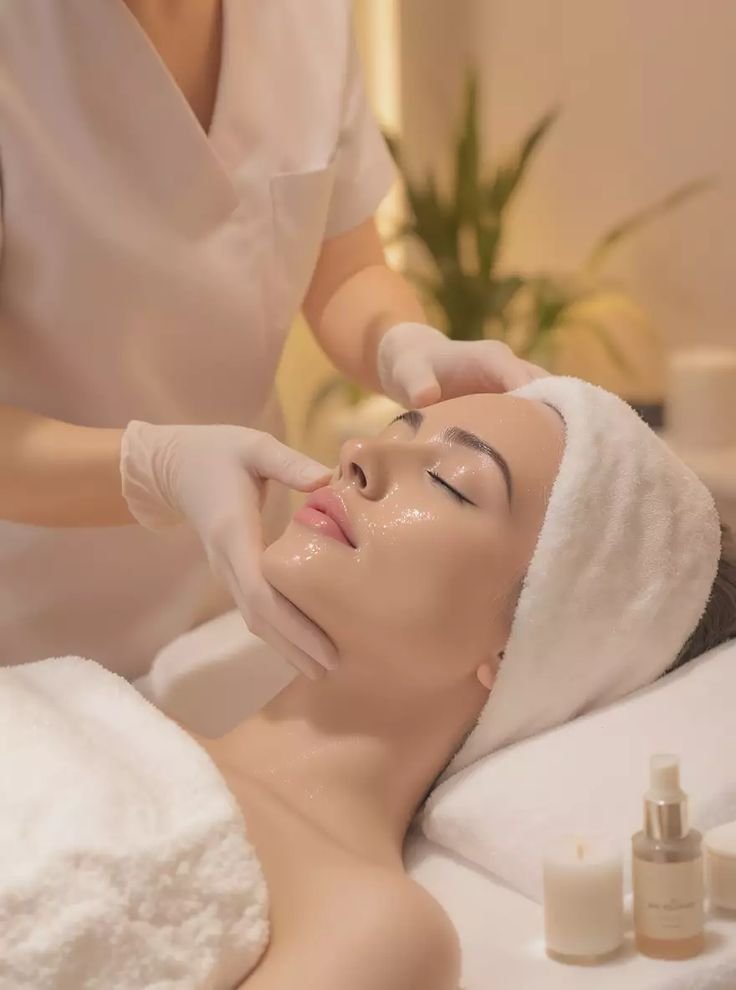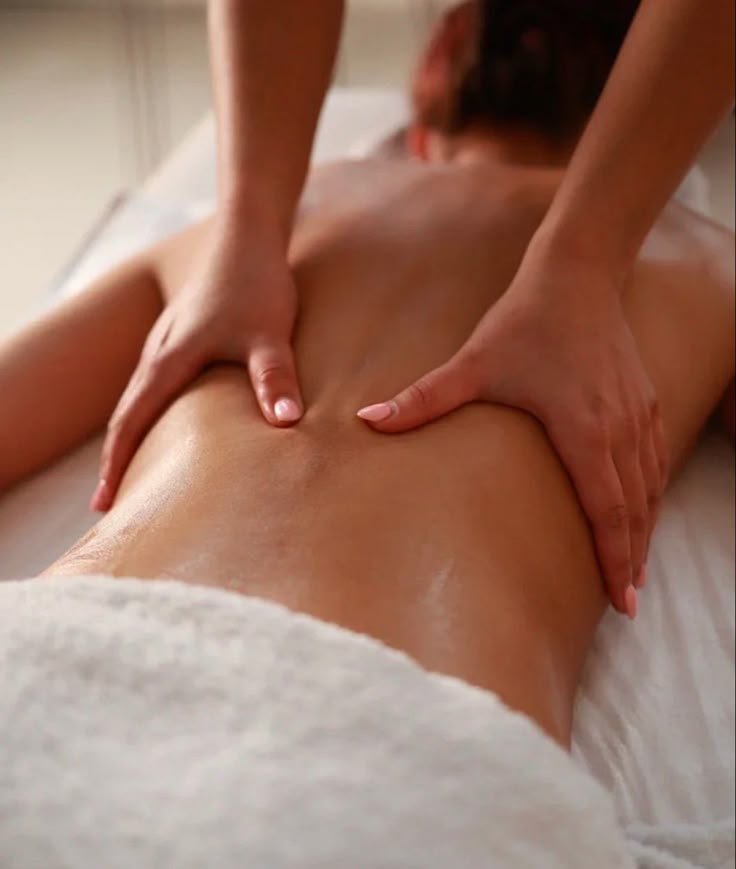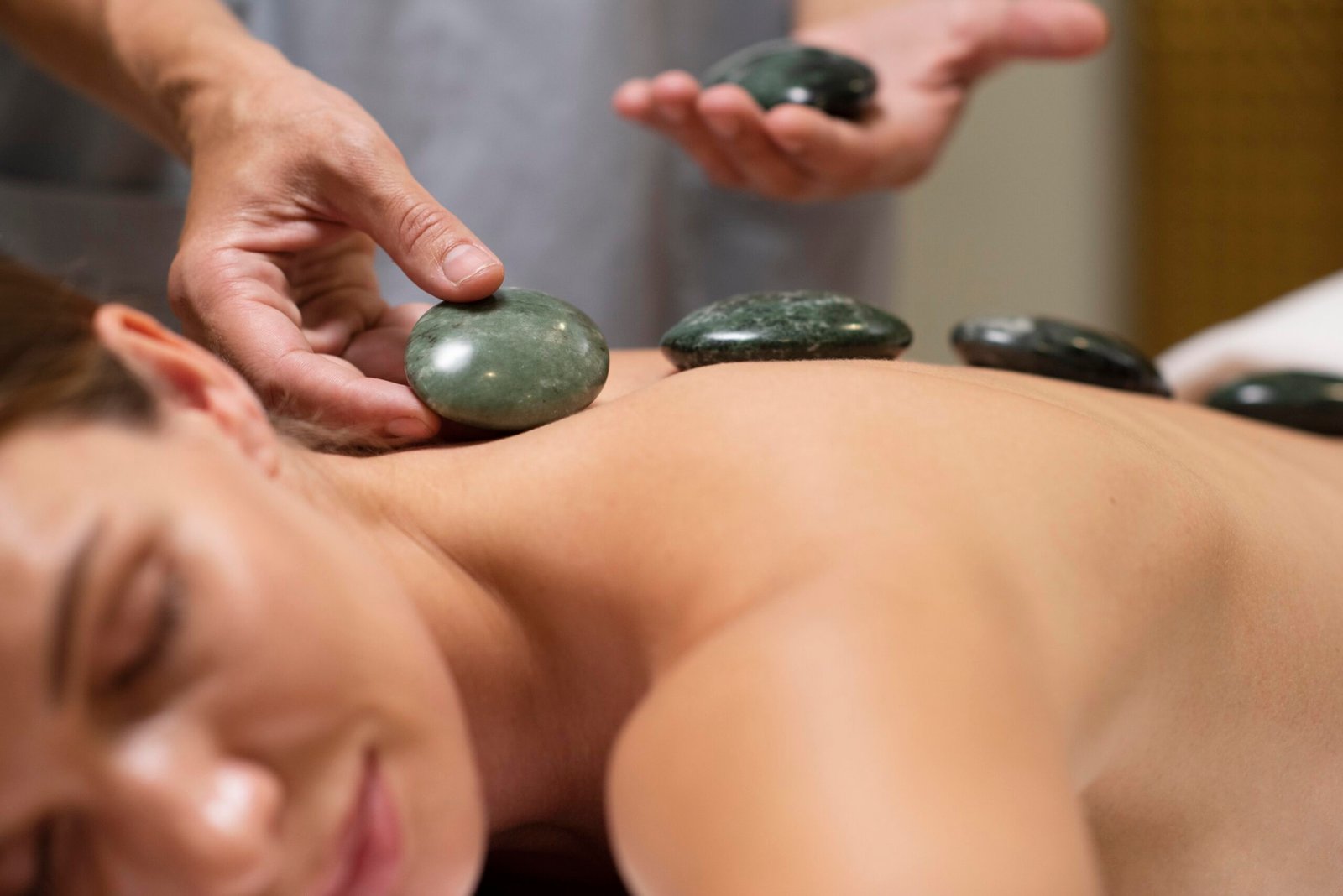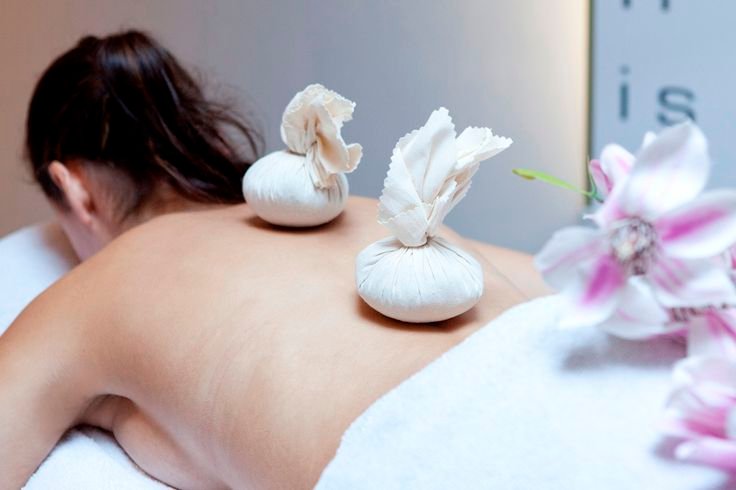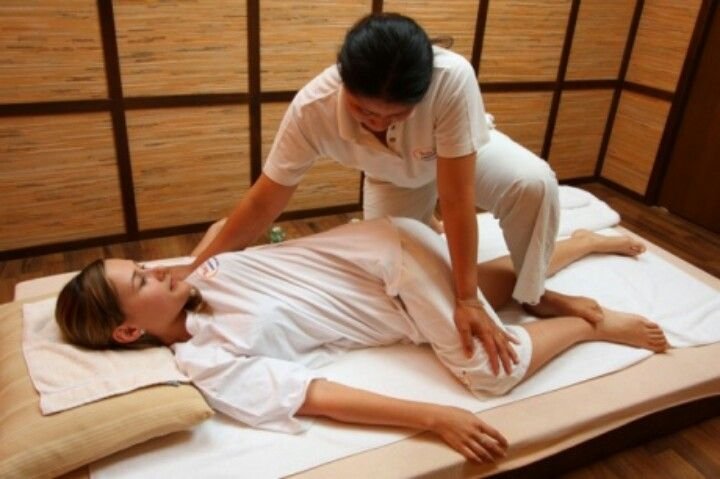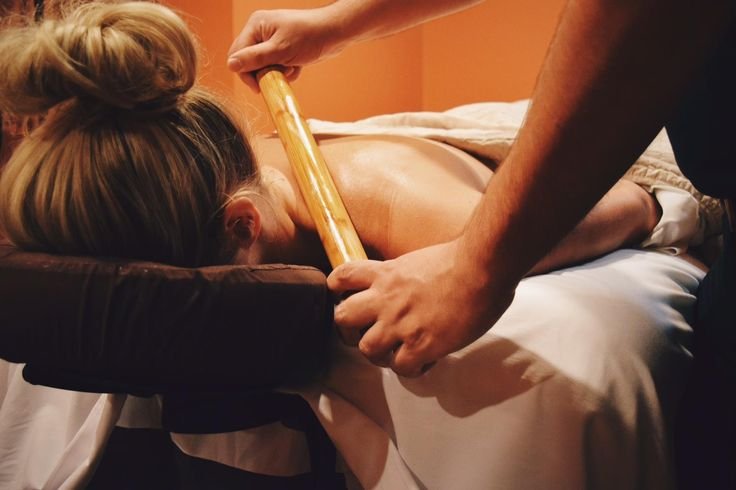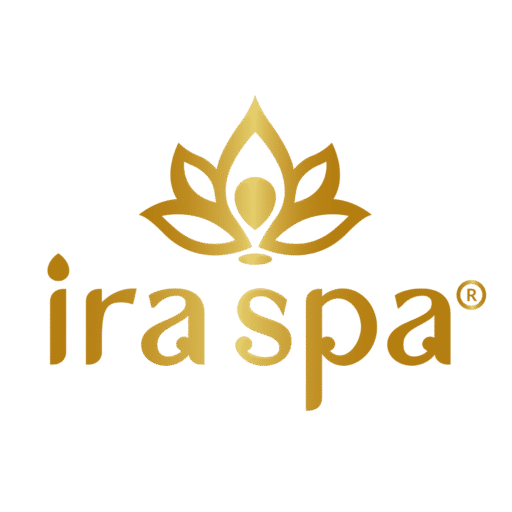Table of content
- What is Deep Pore Cleansing?
- Why Deep Pore Cleansing is Essential for Skin Health
- Why Deep Pore Cleansing is Essential for Skin Health
- Step-by-Step Process of Deep Pore Cleansing
- Who Should Opt for Deep Pore Cleansing?
- Post-Treatment Care & Tips
- Benefits of Professional Deep Pore Cleansing vs. At-Home Methods
- Conclusion
- FAQs
In the world of skincare, deep pore cleansing is like hitting the reset button for your skin. It’s a specialized facial massage and treatment designed to remove stubborn impurities—oil, dirt, makeup residue, and dead skin cells—that regular washing often misses. Over time, pores can become clogged, leading to dullness, breakouts, and uneven texture.
By thoroughly purifying the skin at a deeper level, this treatment helps restore a fresh, smooth, and radiant complexion. It not only improves the skin’s appearance but also boosts its health by preventing future breakouts and enhancing the effectiveness of skincare products.
At our spa, we combine deep pore cleansing with other rejuvenating therapies, including Herbal Potli Massage, a Traditional Healing Technique for relaxation, Traditional Thai Therapy: Ancient Healing for Modern Wellness for muscle relief, and Bamboo Therapy for improved circulation.
In this blog, we’ll explore what deep pore cleansing is, why it’s essential, its step-by-step process, who should opt for it, and expert aftercare tips—plus, we’ll share why professional treatments (including a relaxing facial massage) are worth it.
What is Deep Pore Cleansing?
Deep pore cleansing is a targeted skincare treatment offered at a spa in Mangalore, focusing on removing buildup trapped beneath the surface of the skin. Unlike a daily cleanser that only washes away surface-level impurities, deep pore cleansing clears congestion deep within the pores. The treatment is often enhanced with a soothing facial massage, promoting relaxation, improved circulation, and healthier-looking skin
How It Works
The process uses gentle but thorough extraction techniques to remove excess sebum, dirt, and dead cells, leaving the skin clean and refreshed.
Difference Between Regular Cleansing and Deep Pore Cleansing
Regular cleansing is like sweeping the floor—it removes visible debris. Deep pore cleansing is more like deep cleaning your carpet—targeting impurities lodged deep inside, ensuring skin stays clearer for longer.
Why Deep Pore Cleansing is Essential for Skin Health
When pores are congested, they not only affect your skin’s glow but also its overall health. Here’s why this treatment is a must-have:
Removes Impurities That Cause Breakouts
By clearing out blackheads, whiteheads, and excess oil, deep pore cleaning helps prevent acne flare-ups and keeps your skin blemish-free.
Improves Skin Texture and Tone
The removal of buildup smoothens the skin’s surface, reduces rough patches, and promotes a more even complexion.
Boosts Skin’s Natural Regeneration
Clean pores allow skin cells to renew more efficiently, and skincare products penetrate deeper, making them more effective.
Step-by-Step Process of Deep Pore Cleansing
Here’s what you can expect during a professional deep pore cleansing session at a spa:
Step 1: Cleansing & Steaming
A gentle cleanser removes surface impurities, followed by warm steam to open pores and soften trapped debris.
Step 2: Gentle Exfoliation
A mild exfoliant sloughs off dead skin cells, allowing for better extraction.
Step 3: Extraction
Using sanitized tools or gentle manual methods, blackheads and whiteheads are carefully removed to avoid skin damage.
Step 4: Facial Massage
A soothing facial massage stimulates blood circulation, reduces tension, and enhances the skin’s natural glow.
Step 5: Mask Application
A calming mask hydrates, soothes, and nourishes the freshly cleansed skin.
Step 6: Moisturizing & Sun Protection
A lightweight moisturizer locks in hydration, and SPF shields skin from UV rays.
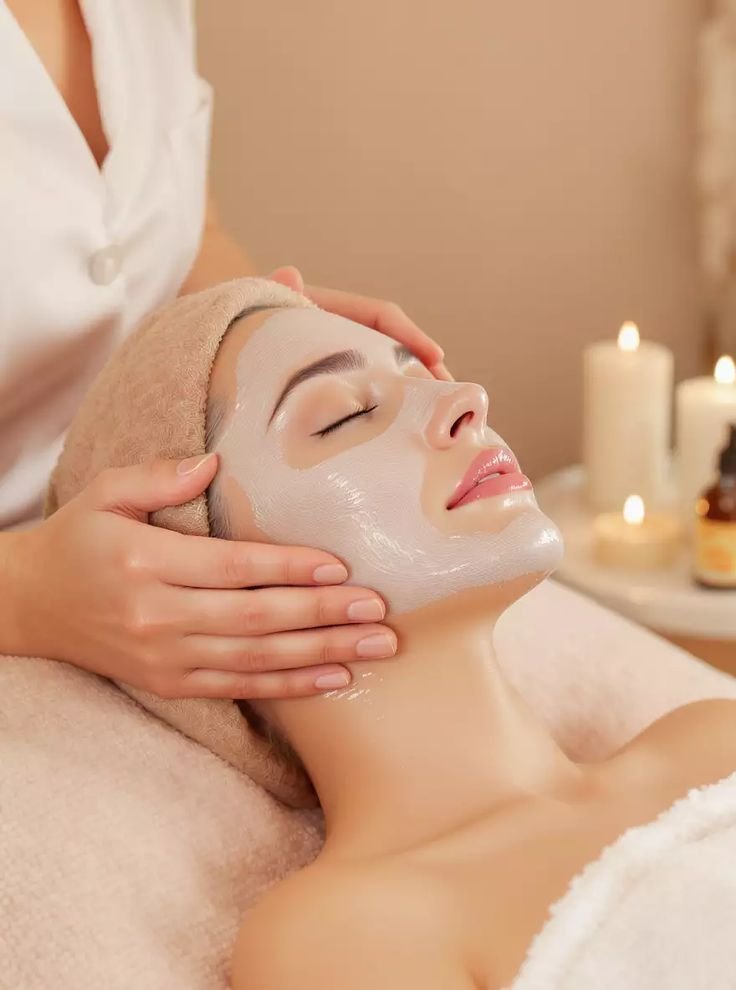
Who Should Opt for Deep Pore Cleansing?
Deep pore cleaning is suitable for:
Suitable Skin Types
- Oily skin prone to excess sebum production.
- Acne-prone skin with frequent breakouts.
- Combination skin with congested T-zones.
Frequency Recommendation
For most people, once a month is ideal. However, if your skin is sensitive or extremely dry, consult with a professional before scheduling frequent treatments.
Post-Treatment Care & Tips
To maintain results and protect your freshly cleansed skin:
Avoid Harsh Products for 24–48 Hours
Stay away from scrubs, retinoids, and strong acids.
Keep Skin Hydrated
Use a gentle, fragrance-free moisturizer.
Use Sunscreen Daily
Your skin will be more sensitive to UV damage post-treatment.
Avoid Touching the Face Frequently
Keep bacteria away to prevent irritation or infection.
Benefits of Professional Deep Pore Cleansing vs. At-Home Methods
While at-home skincare is important, professional treatments have a clear edge.
Professional Treatments
- Performed by trained aestheticians using safe techniques.
- High-quality products tailored to your skin type.
- Includes added benefits like facial massage for relaxation.
At-Home Methods
- Limited tools and expertise.
- Higher risk of skin irritation or incomplete cleaning.
Conclusion
Deep pore cleansing is more than just a beauty treatment—it’s an investment in your skin’s long-term health. By removing deep-seated impurities, it allows your skin to breathe, glow, and renew itself naturally.
For the best results, opt for a professional session at a trusted spa where expert care ensures safety and effectiveness. Pair it with regular skincare, healthy habits, and complementary therapies like Herbal Potli Massage or Bamboo Therapy, and you’ll notice a visible transformation.
Your skin deserves the care it needs—book your deep pore cleansing session today and let your natural glow shine through.
FAQs
How often should I get deep pore cleansing done?
Generally, once every 4–6 weeks is ideal, depending on your skin type and concerns.
Is deep pore cleansing painful?
There may be slight discomfort during extraction, but it shouldn’t be painful when done professionally.
Can it help with acne scars?
While it doesn’t remove scars, it helps prevent new breakouts and improves overall skin texture.
Is it suitable for sensitive skin?
Yes, but the process should be adjusted for gentleness, and harsh extractions avoided.
What’s the difference between a facial and deep pore cleansing?
A regular facial focuses on hydration and relaxation, while deep pore cleansing emphasizes clearing impurities.

